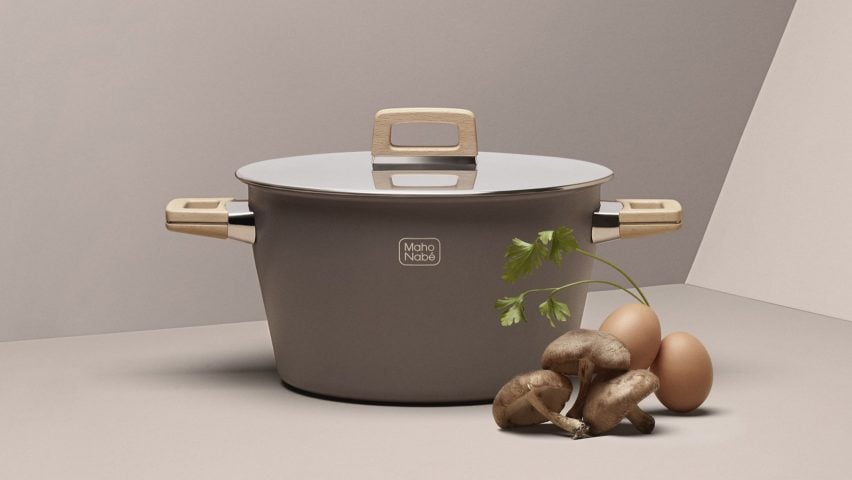
Maho Nabé cooking pot integrates vacuum technology to keep food hot
This stainless-steel cooking pot based on a traditional Japanese design uses a double-wall construction to create a vacuum that insulates the contents to retain heat for long periods.
The Maho Nabé pot achieves precise heat control and a long-lasting internal temperature thanks to its innovative double-walled structure, which improves thermal insulation.
Unlike other vacuum pans, there is no separate outer container so the pot itself can be heated on an open flame.
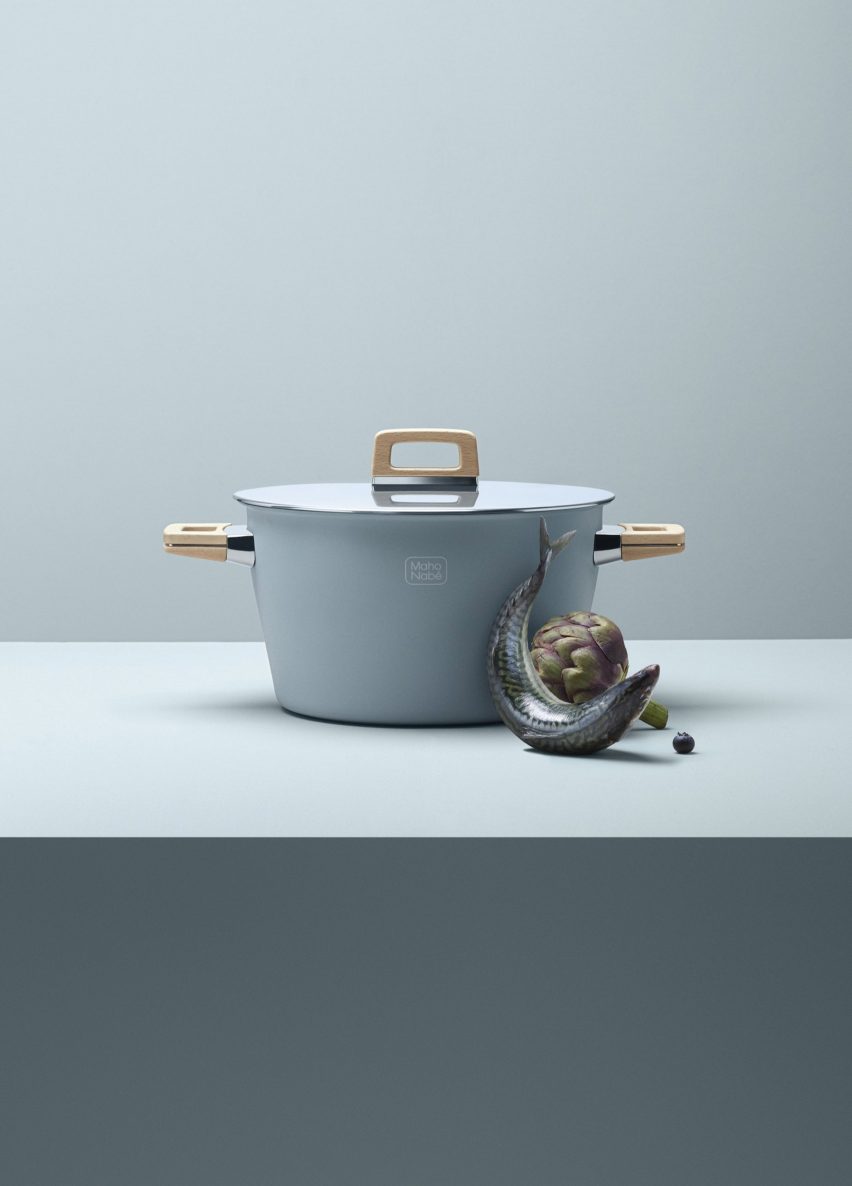
It is produced by the Tiger Corporation from Japan, which is an established manufacturer of vacuum flasks and consumer electronics including kettles and rice cookers.
The cooking pot features in the homeware category of the longlist for the Dezeen Awards 2019, alongside designs including a rug collection decorated with random patterns inspired by the embroidery process.
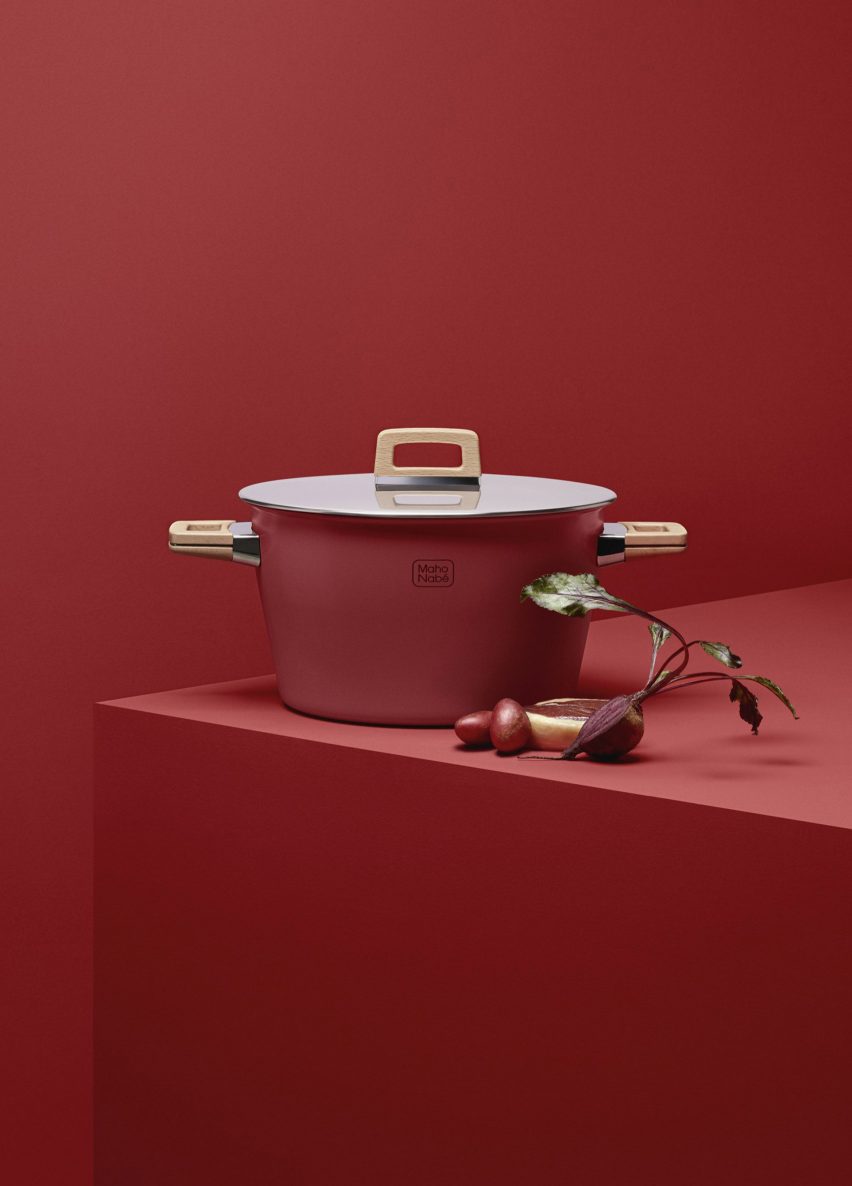
The Maho Nabé is based on a traditional Japanese pot called a nabe. These clay or cast-iron vessels distribute warmth evenly throughout the cooking process, which enhances the natural flavours of the ingredients.
Nabe also retain heat long after they are removed from the fire and are used for traditional Japanese parties where guests helps themselves to food from a pot placed at the centre of the table.
"With the Maho Nabé – Japanese for 'magic pot' – and its vacuum double-wall technology, Tiger has reinvented this multi-millennial tradition for the pleasure of food lovers everywhere," said the manufacturer.
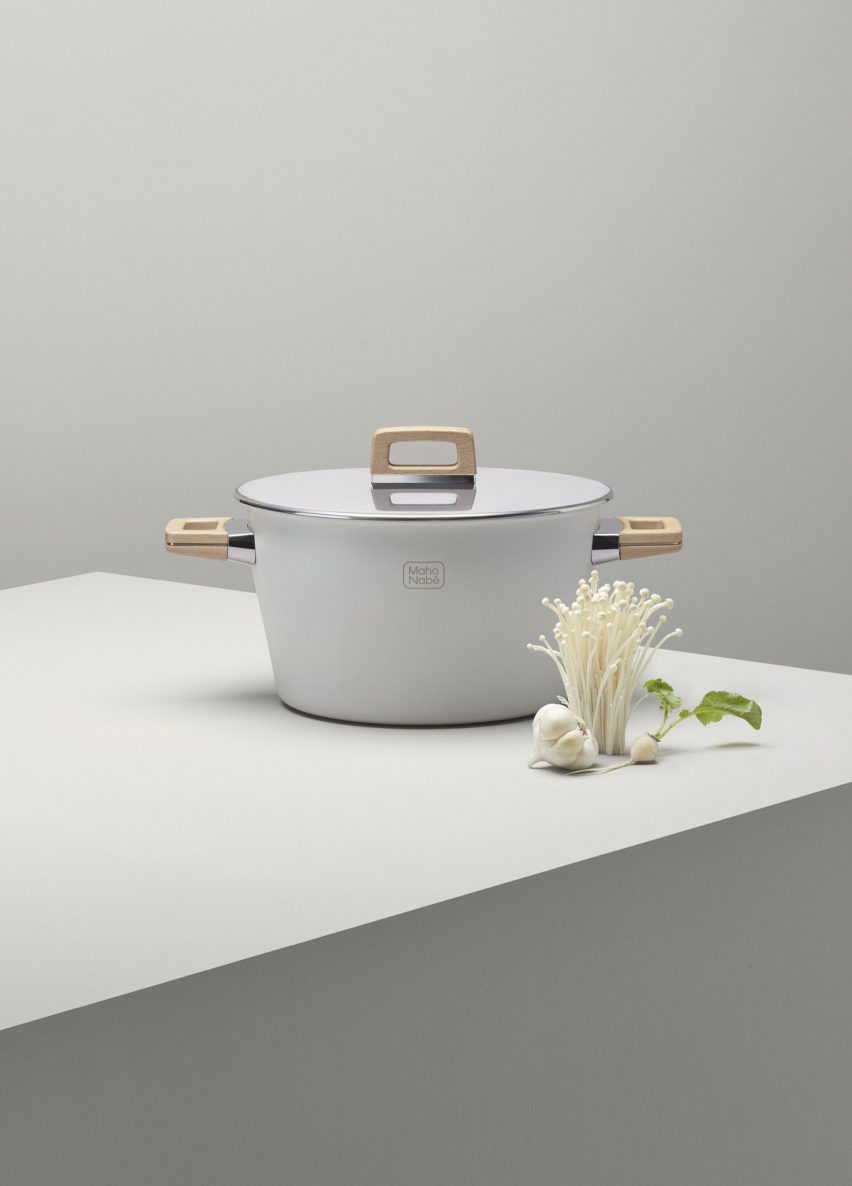
Other advantages of the design are that it requires less energy because it heats up faster than conventional pans and retains a high temperature for longer.
This means the pan can also be used for residual cooking and preserves nutrients often lost when ingredients are overcooked.
The pan itself is made from a dual layer of stainless steel, with the vacuum insulation sandwiched in between. Handles on the lid and sides of the pan are made from wood to create a connection to the past.
The lid is equipped with a layer of polystyrene foam insulation to lock the heat inside, and a piece of aluminium incorporated into the base helps to transmit heat efficiently whilst enhancing overall insulation.
The pot sits on a wooden trivet with curved edges that leave a small gap below the base. This layer of air helps to prevent heat from escaping through the bottom of the Maho Nabé.
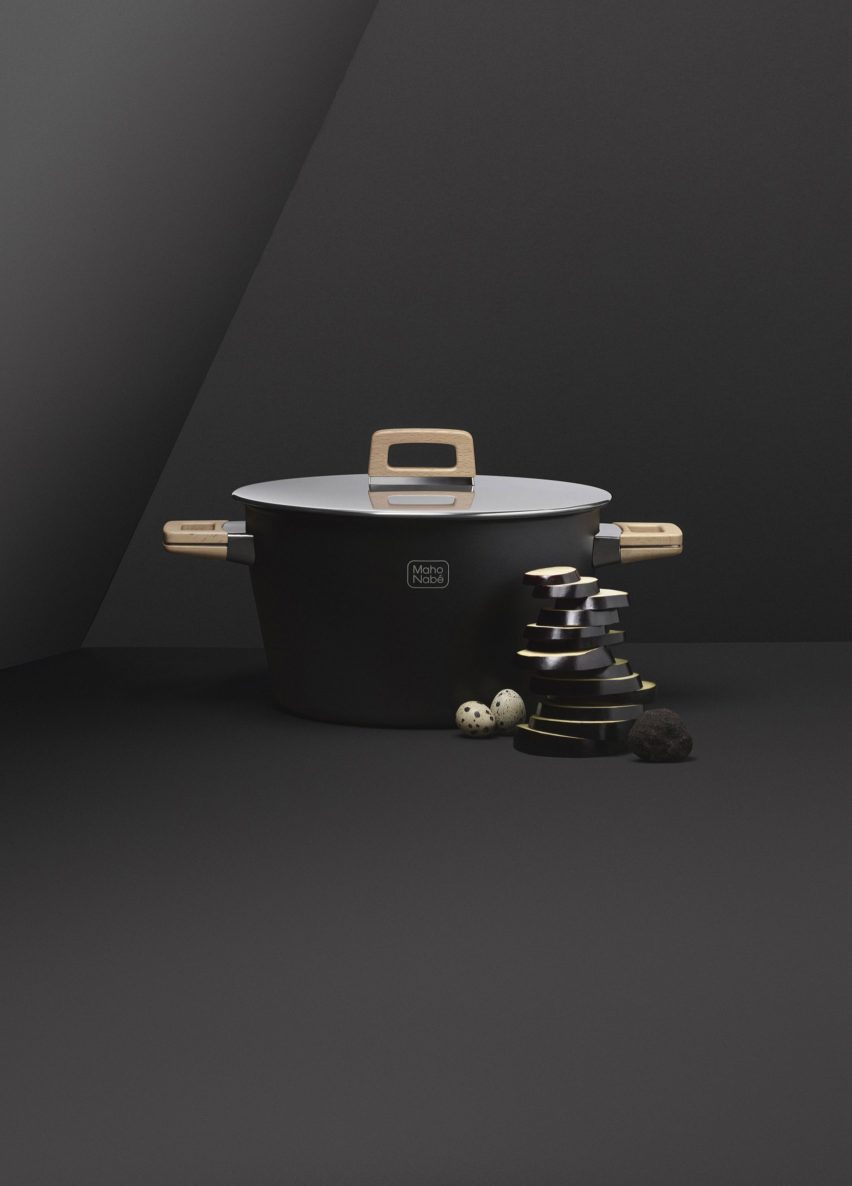
Other examples of innovative kitchenware designs include a collection of containers created by Joseph Joseph to cook entire meals in the microwave and a range of tools by Alain Gilles that reinterprets familiar kitchen items in more "sensual and graphic" forms.